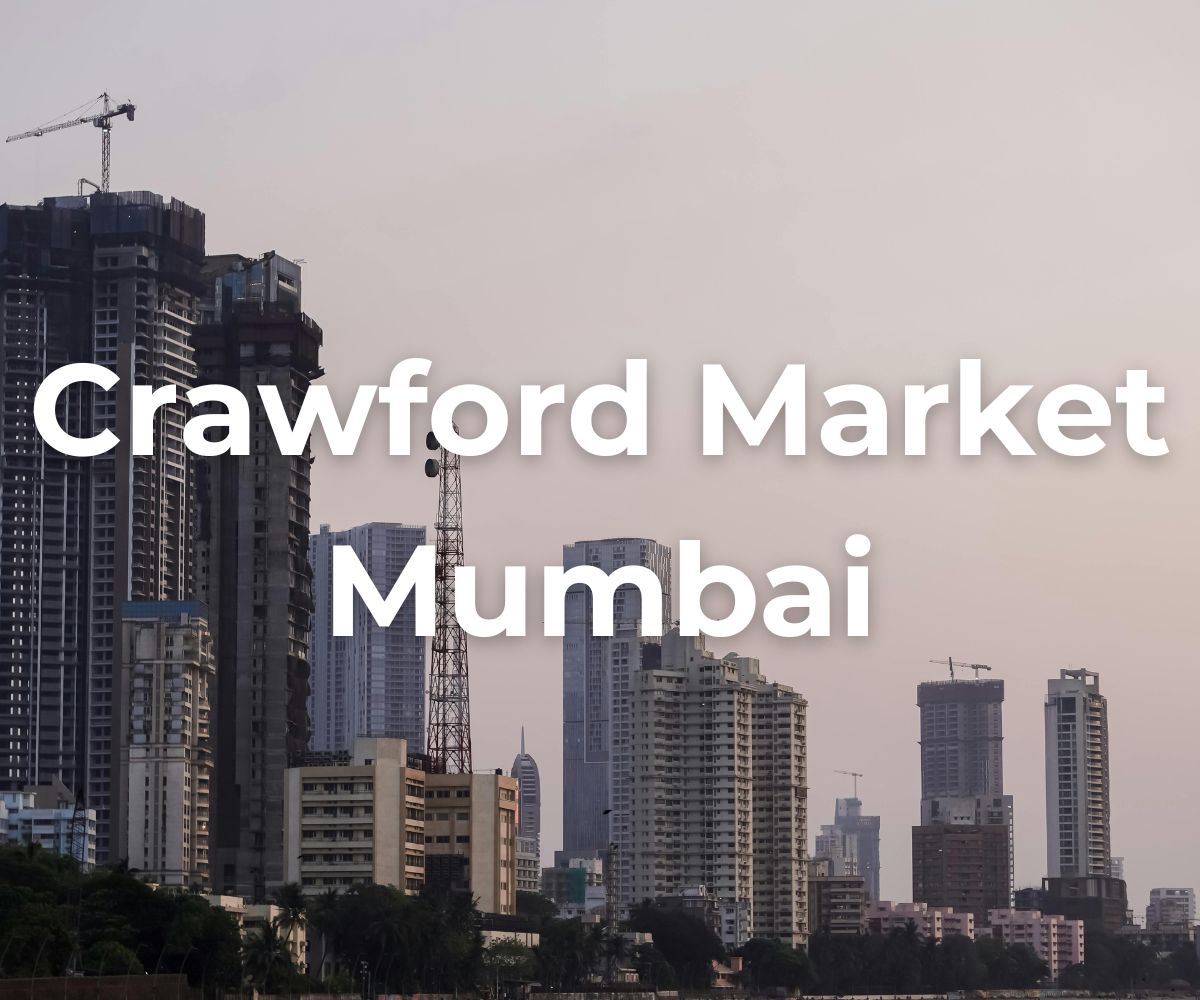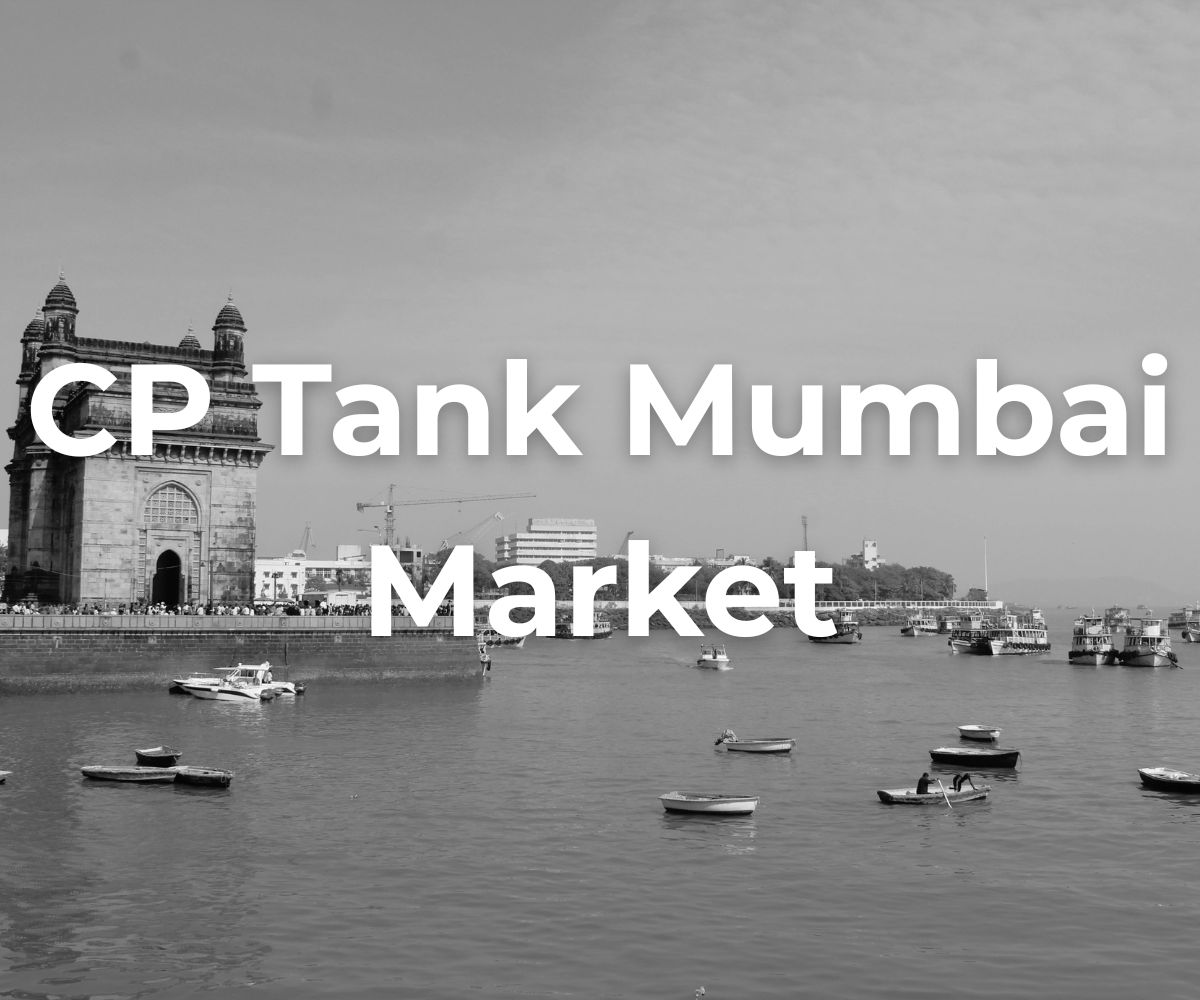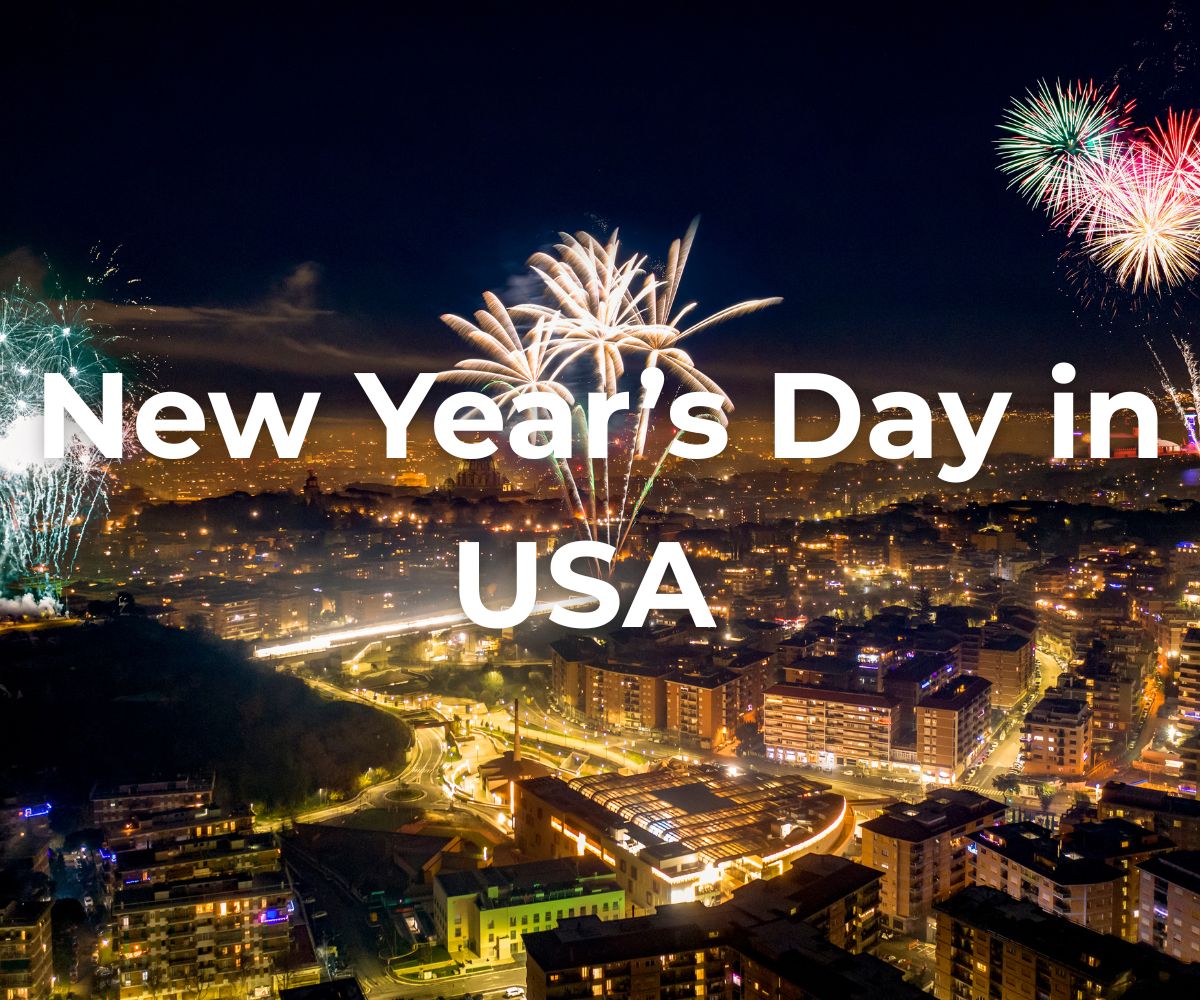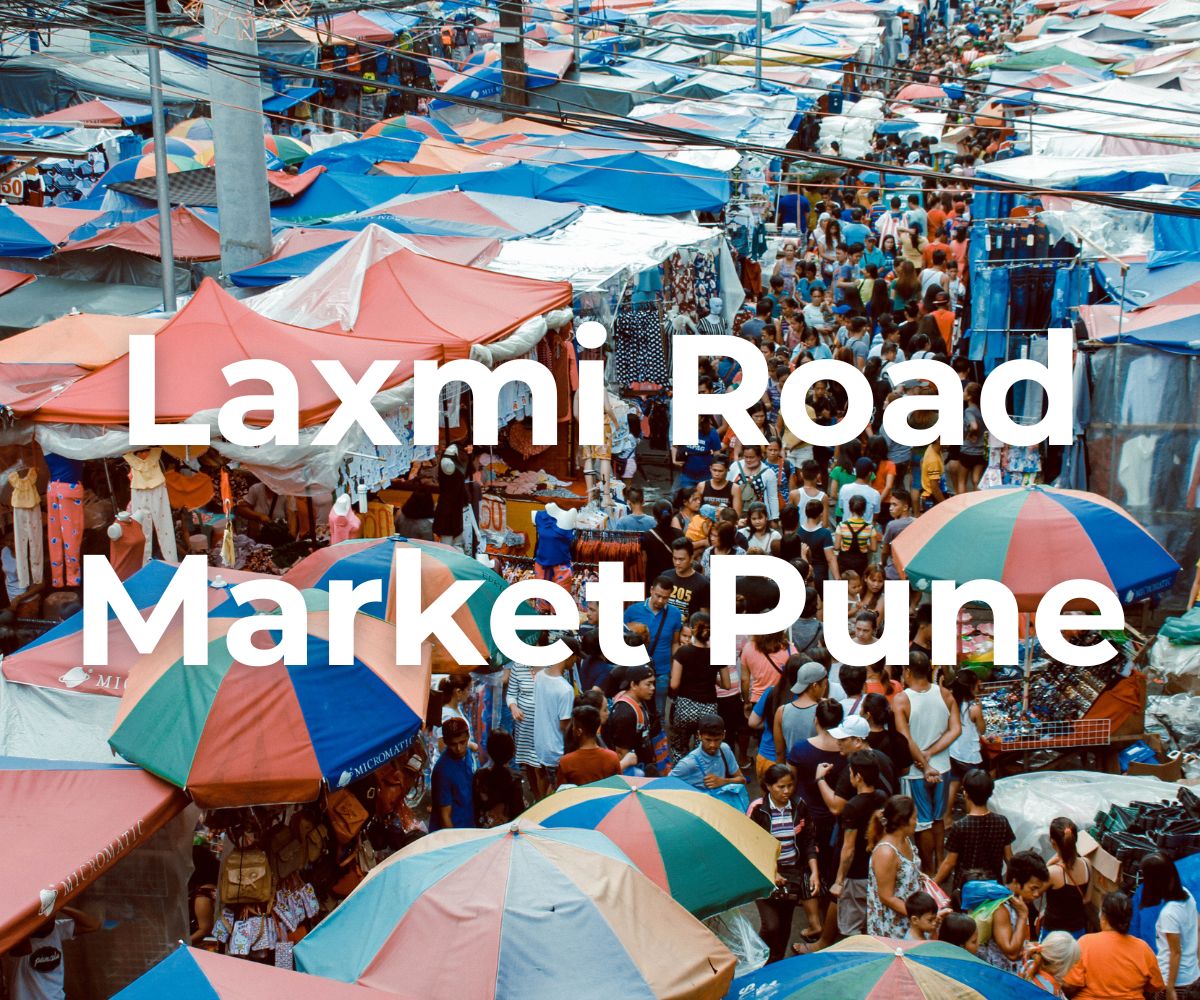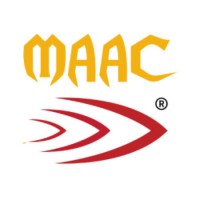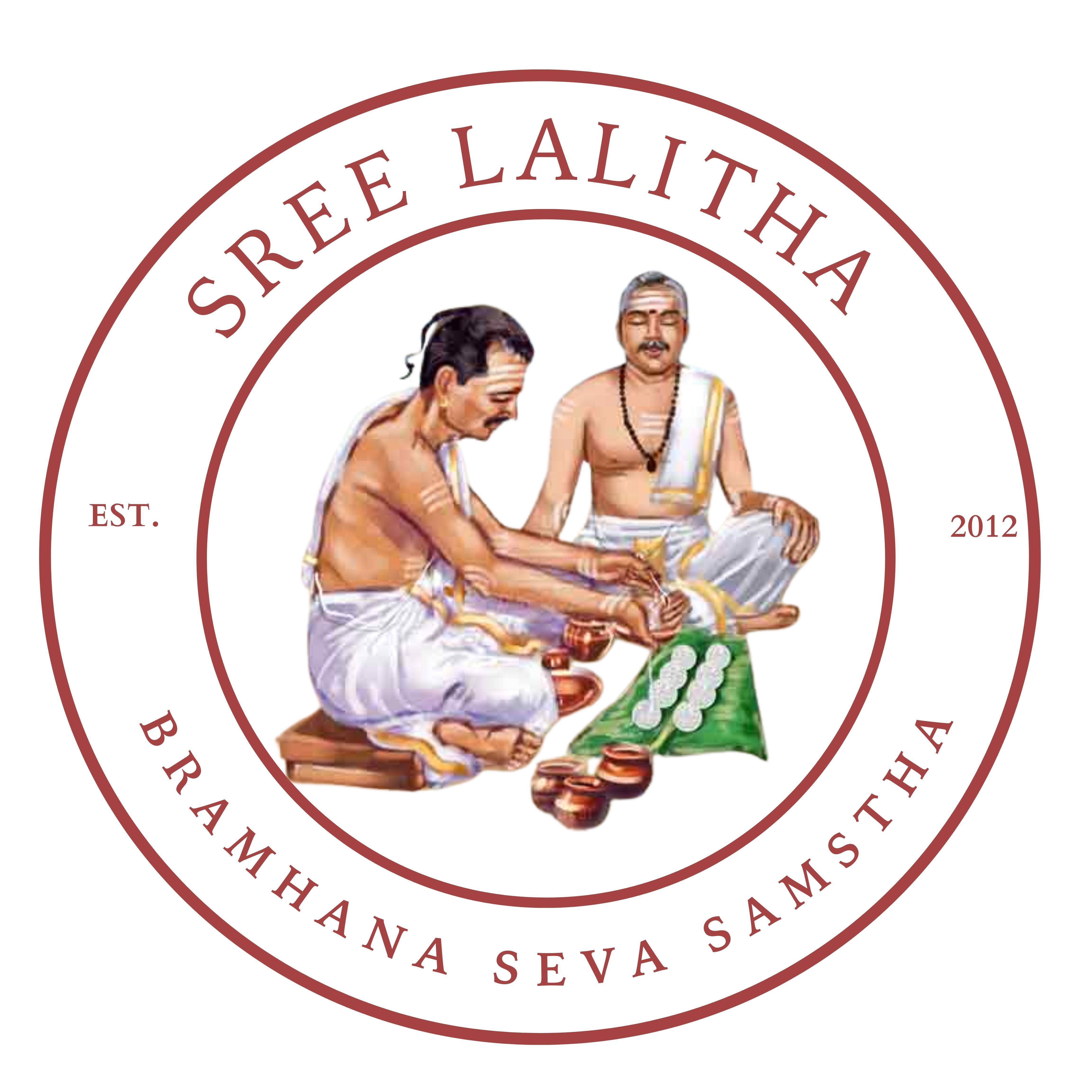crawford market mumbai
Description
Crawford Market Mumbai: A Living Heritage of Trade, Taste, and Tradition
In the heart of South Mumbai, where the old city’s colonial grandeur meets the pulse of modern commerce, stands one of India’s most iconic bazaars — Crawford Market, officially known as Mahatma Jyotiba Phule Mandai. This marketplace is not just a hub for trade but a chronicle of Mumbai’s evolution — a place where history, architecture, and human energy converge every single day.
A Grand Beginning: The Birth of Crawford Market
The origins of Crawford Market trace back to 1869, during the height of Bombay’s colonial expansion. Named after Arthur Crawford, the city’s first Municipal Commissioner, the market was envisioned as a central hub for the growing metropolis. The philanthropist Cowasji Jehangir funded its construction, gifting the structure to the city as a symbol of civic progress and public welfare.
Designed by William Emerson, a British architect celebrated for later designing Kolkata’s Victoria Memorial, the building embodied the Victorian Gothic style blended with Norman and Flemish influences. Its massive arched gateways, lofty clock tower, and red-and-buff stone façade crafted from Kurla stone and Bassein redstone made it an architectural marvel of its time.
Inside, steel trusses and vaulted ceilings provided airy, well-lit spaces — a revolutionary concept for public markets of the era. The structure also became one of the first buildings in India to be lit by electricity, marking it as a symbol of Bombay’s modern aspirations.
Art and Architecture: The Soul of the Market
The artistry within Crawford Market matches its structural grandeur. Near the main entrance, visitors are greeted by bas-relief panels and friezes sculpted by John Lockwood Kipling, then Principal of the Sir J.J. School of Art and father of novelist Rudyard Kipling. These intricate carvings depict scenes from Indian rural life — farmers, fruit vendors, and agrarian motifs — beautifully merging local storytelling with colonial architecture.
At the market’s heart stands a stone fountain designed by Kipling himself, portraying agricultural abundance in detailed reliefs. The play of natural light through skylit iron frames transforms the space into a living museum of trade and artistry.
Even today, the building’s two-toned façade, Gothic windows, and clock tower remain a photographer’s delight and an enduring icon of Mumbai’s heritage architecture.
A Symphony for the Senses: The Market Experience
Stepping into Crawford Market is like entering a world orchestrated by colors, textures, and aromas. The moment one walks past its arched gate, the air changes — filled with the fragrance of spices, the sweetness of ripe mangoes, and the earthy scent of vegetables.
Each section of the market has its own rhythm:
The Produce Hall
This is the beating heart of the market. Mounds of fresh fruits and vegetables — from shiny apples and oranges to leafy greens and tubers — fill the aisles. During summer, rows of Alphonso and Kesar mangoes dominate the scene, drawing locals and tourists alike. Although the wholesale fruit trade shifted to Navi Mumbai in the 1990s, Crawford still thrives as a retail center known for its freshness and variety.
The Spice Lanes (Mirchi Galli)
Few experiences compare to walking through Mirchi Galli, where the air hangs heavy with the scents of cardamom, turmeric, and Kashmiri chili. This section offers an incredible range of whole and ground spices, as well as dry fruits and nuts — ideal for home cooks and gourmet chefs. Many vendors even prepare custom masala blends based on your taste preferences.
The Gourmet and Imported Food Section
Long before India liberalized trade, Crawford was the city’s go-to place for imported delicacies. Today, it remains a treasure trove of European cheeses, Swiss chocolates, Italian olive oils, and baking essentials. Home bakers and restaurateurs frequent this section for its variety and affordability.
Homeware and Kitchen Essentials
From sturdy steel utensils and cookware to elegant glass jars, cutlery, and baking tins, this area caters to every household need. Prices are negotiable, especially when buying in bulk.
Stationery and Art Supplies
Students, artists, and office buyers crowd these aisles for notebooks, pens, craft paper, ribbons, and art tools, all available at wholesale rates. During the festive season, the same shops transform into hubs for party decorations and gift wraps.
The Pet Corner
A distinctive yet controversial part of Crawford Market is its pet and bird section, offering animals, cages, feed, and accessories. While some stalls follow ethical practices, others have faced criticism over welfare standards. Conscious visitors are encouraged to support responsible traders or buy supplies rather than animals.
The Meat and Fish Markets
The meat section is alive with the rhythm of cleavers and the chatter of butchers. The nearby fish market, perpetually damp and bustling, offers a glimpse into Mumbai’s maritime identity — with baskets full of pomfrets, prawns, and lobsters brought straight from the Arabian Sea.
The People Behind the Trade
Crawford Market thrives not merely because of its goods but because of its people — a tight-knit community of traders, porters, and customers.
Many shopkeepers have inherited their stalls from earlier generations, passing down trade secrets, recipes, and client relationships. Porters (hamals), easily recognized by their lungis and muscular builds, form the backbone of the market, balancing heavy baskets on their heads and shouting rhythmically to clear paths.
Customers, meanwhile, form a vibrant mix — from restaurant chefs and hoteliers to middle-class families and students. Each interaction — the haggle, the laugh, the shared cup of chai — reinforces the market’s enduring sense of humanity.
Modern Challenges and Timeless Relevance
In an age of supermarkets and grocery apps, Crawford Market continues to thrive because no digital experience can replace the sensory richness of real-world trade. Touching a ripe guava, smelling a freshly ground spice, or chatting with a seasoned vendor builds connections that algorithms cannot emulate.
Yet, the market faces challenges — congestion, aging infrastructure, and debates over modernization versus heritage preservation. Efforts are ongoing to upgrade facilities while safeguarding the market’s historic character. Despite pressures of redevelopment, the soul of Crawford Market endures — resilient, chaotic, and unmistakably alive.
Visitor’s Guide: Planning Your Trip
Best Time to Visit
- Morning (8:00 AM – 11:00 AM): Freshest produce and liveliest energy.
- Late Afternoon (4:00 PM – 7:00 PM): Perfect for photography and browsing gifts.
- Avoid: Midday summer hours when interiors grow hot and crowded.
How to Reach
Located opposite the Mumbai Police Headquarters and near Chhatrapati Shivaji Maharaj Terminus (CST), the market is easily accessible:
- By Train: Short walk from CST or Masjid Bunder stations.
- By Road: Take a taxi or ride-share, but expect narrow lanes and heavy traffic.
- Parking: Limited — best to arrive by public transport.
Bargaining Tips
Polite bargaining is part of the charm. Start about 20–30% below the asking price and meet halfway.
- Bulk buyers get better rates.
- Carry small cash denominations; not all vendors accept cards or digital payments.
- Always inspect items — especially electronics, pets, or vintage goods.
Safety and Comfort
Crawford Market is generally safe, but crowds can be dense.
- Keep valuables in front pockets or in a crossbody bag.
- Stay hydrated and wear comfortable shoes.
- During the monsoon, expect slippery walkways.
- Women shoppers often find weekday mornings the most relaxed.
Photography Etiquette
The market’s architecture and activity make it a dream for photographers.
- Ask permission before photographing people.
- Avoid blocking narrow aisles.
- Morning light through skylights offers the best shots.
Around Crawford Market: What to See Nearby
Combine your market visit with these nearby attractions:
- Chhatrapati Shivaji Terminus (CSMT): A UNESCO World Heritage Site and one of the world’s finest examples of Victorian Gothic railway architecture.
- Flora Fountain and Fort District: Home to colonial-era offices, cafés, and bookstores.
- Bhuleshwar and Zaveri Bazaar: Bustling lanes of textiles and jewelry.
- Colaba Causeway: Trendy shops, art galleries, and cafés.
- Marine Drive: End the day with a breezy sunset walk by the sea.
Food Stops and Local Eateries
All that shopping works up an appetite. Thankfully, some of Mumbai’s beloved eateries are just steps away:
- Badshah Cold Drink House: Known for falooda, fresh fruit juices, and milkshakes.
- Street Vendors: Offer vada pav, pani puri, and kebabs — authentic Mumbai flavors.
- Irani Cafés and Restaurants in Fort: Perfect for a relaxed lunch after your market tour.
Responsible and Sustainable Shopping
Crawford Market is evolving toward more eco-friendly practices. Visitors can help by:
- Bring reusable bags to reduce plastic waste.
- Buy only the quantities you need to prevent food waste.
- Supporting stalls that maintain hygiene and responsible sourcing.
- Avoiding illegal wildlife or exotic pet trades.
Mini Itineraries for Visitors
One-Hour Plan
- Enter via the main gate, stroll the produce aisles, and pick up fruits or dry fruits.
- Visit the spice lane and sample small packs.
- Finish with sugarcane juice outside the gate.
Two-Hour Plan
- Add gourmet foods or kitchenware to your shopping.
- Stop for chai or a snack mid-way.
- Snap photos of Kipling’s carvings and the clock tower.
Half-Day Plan
- Start early, cover all sections, including décor and stationery.
- Pause for lunch nearby.
- Explore Fort or Marine Drive afterward for sightseeing.
Why Crawford Market Still Matters
Crawford Market remains a vital thread in Mumbai’s social and economic fabric. Beyond commerce, it represents the city’s resilience, diversity, and constant reinvention. Every stone and stall tells a story — of colonial ambition, local artistry, and generations who’ve made a living within its walls.
Here, history isn’t preserved under glass; it’s lived daily — in the calls of vendors, the aroma of spices, and the swirl of humanity moving through the aisles. Whether you’re a first-time visitor or a lifelong Mumbaikar, Crawford Market offers more than goods — it offers a connection to the city’s beating heart.
Quick Facts
- Location: Near CST, South Mumbai
- Built: 1869
- Architect: William Emerson
- Original Name: Crawford Market
- Renamed: Mahatma Jyotiba Phule Mandai
- Opening Hours: 11:00 AM – 8:00 PM (Closed Sundays)
- Entry Fee: Free
Final Word
Crawford Market Mumbai is not merely a marketplace — it’s a living chronicle of the city’s spirit. From the carved arches of William Emerson’s Gothic design to the laughter of traders haggling over a box of oranges, every corner reflects Mumbai’s enduring blend of heritage and hustle. To visit is to experience the city’s past and present intertwining — noisy, colorful, and alive. Walk in with curiosity and leave with more than souvenirs; leave with a piece of Mumbai’s soul.

